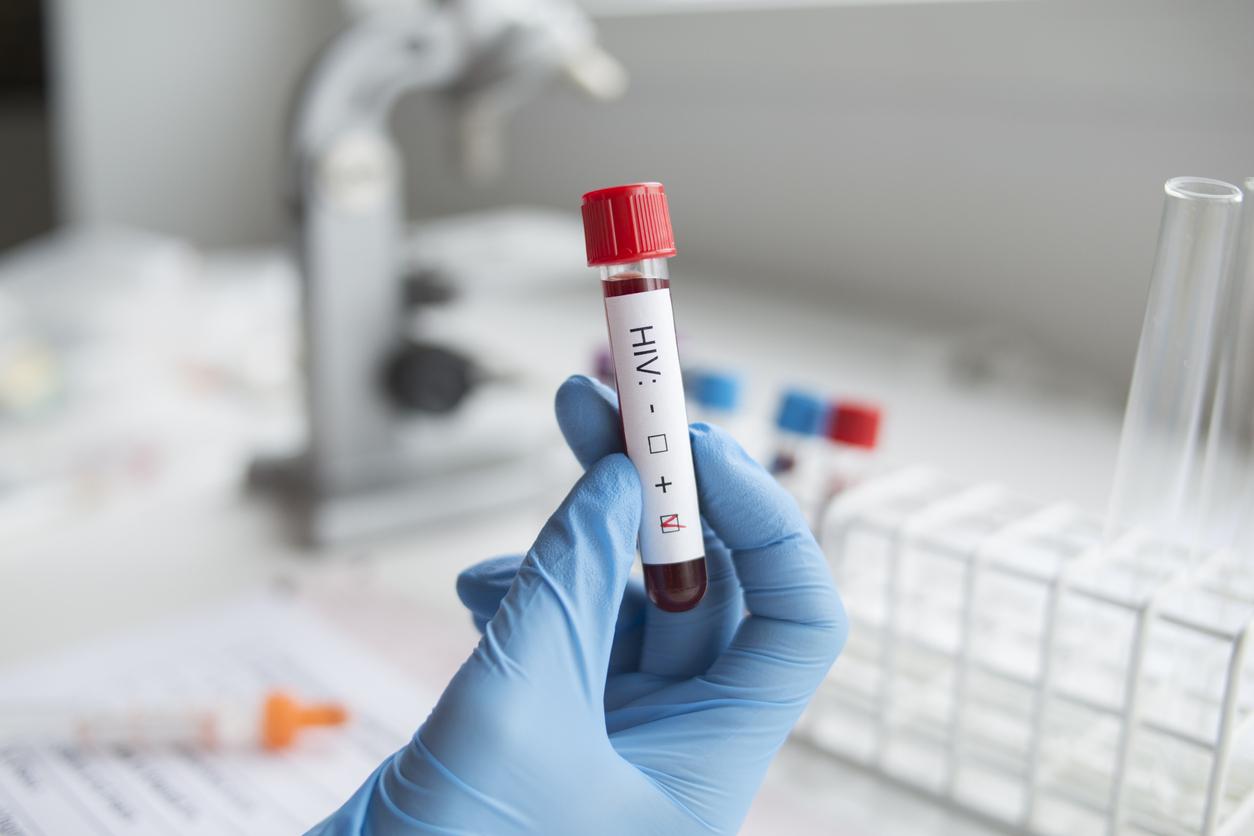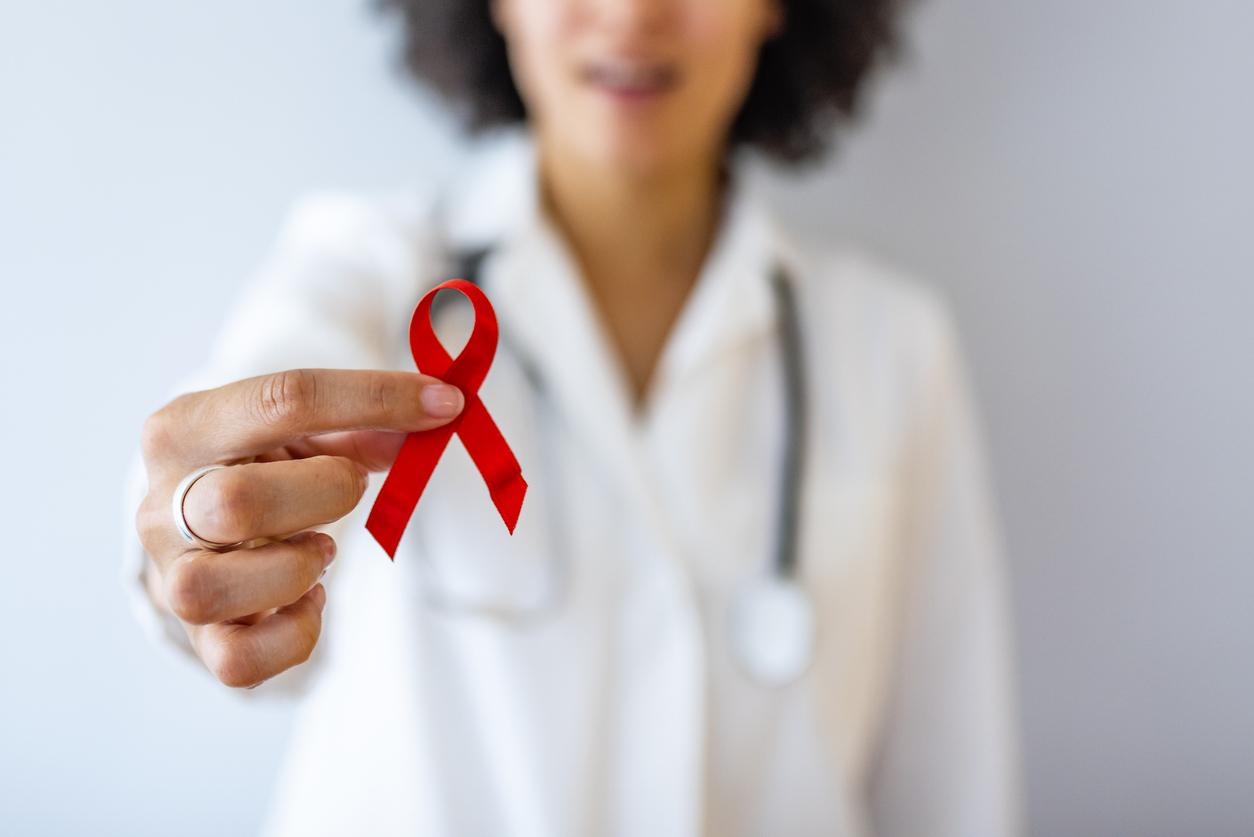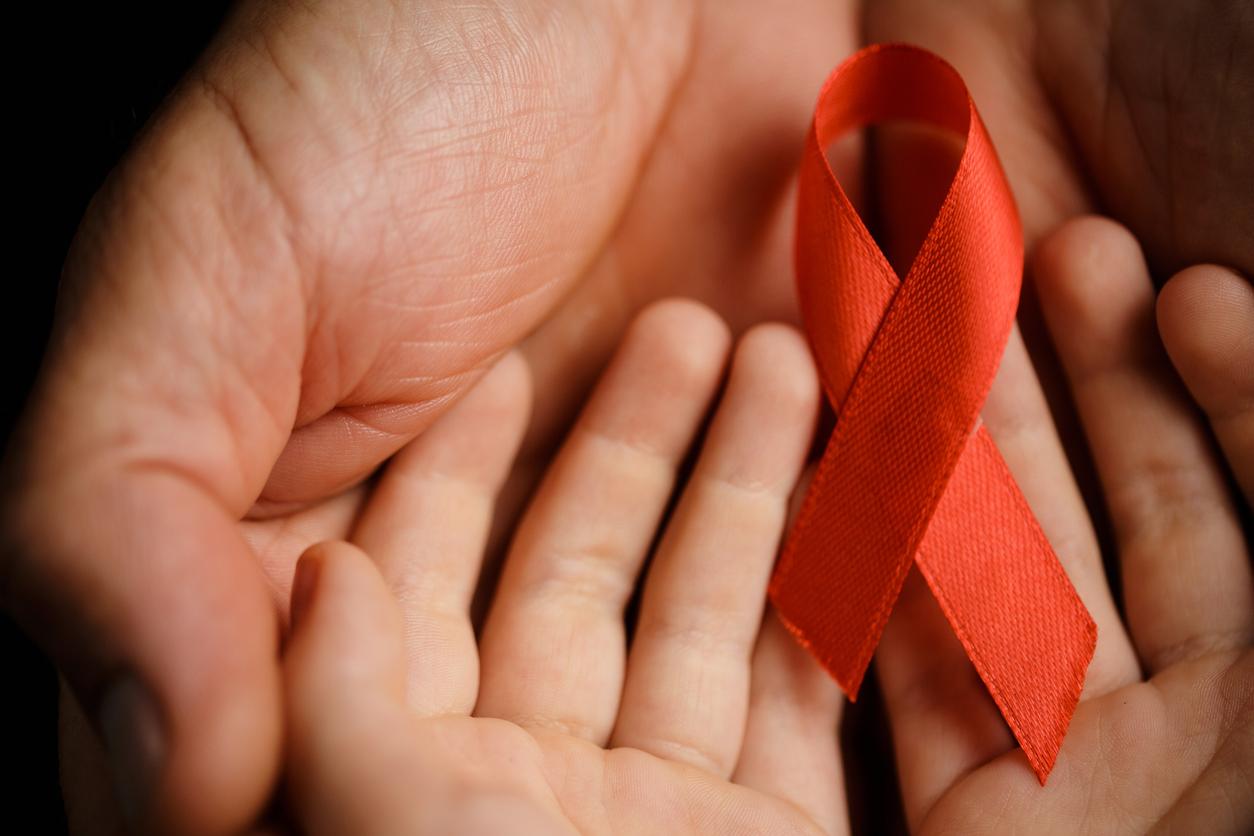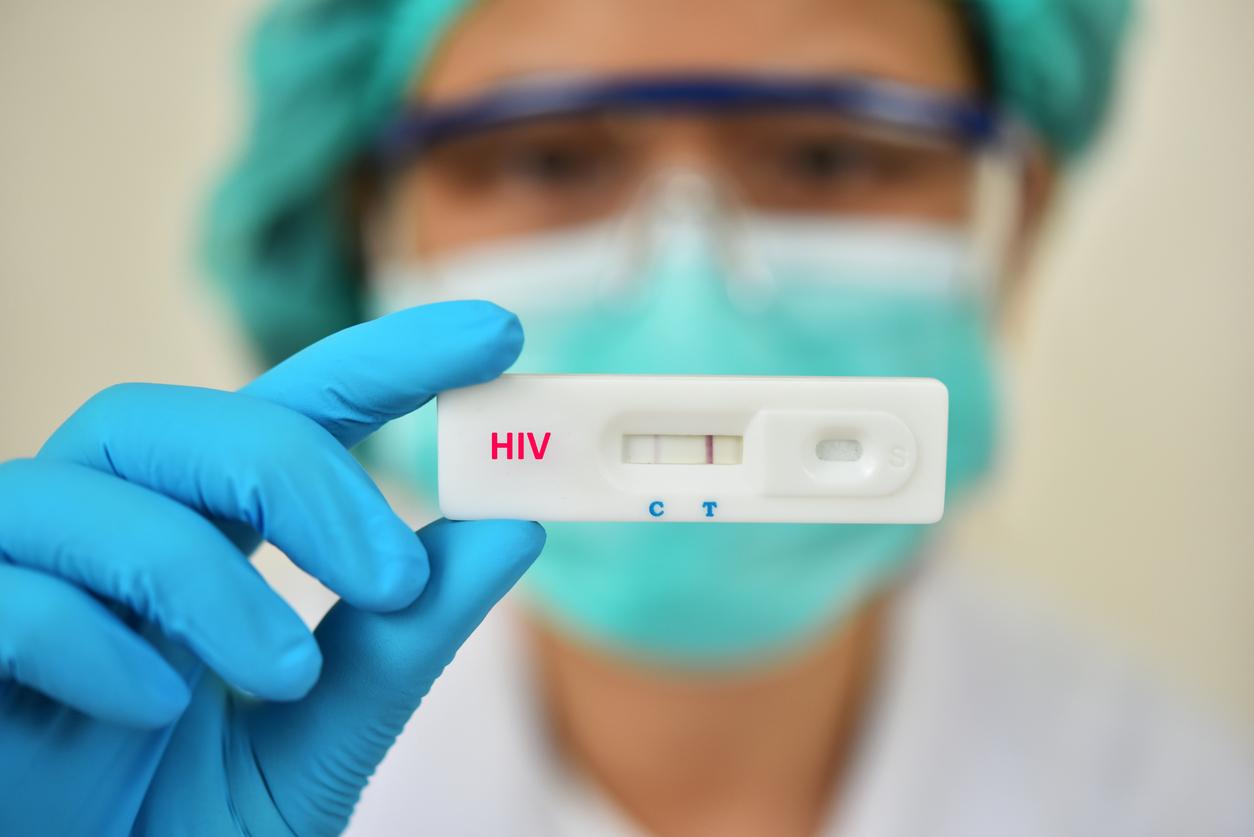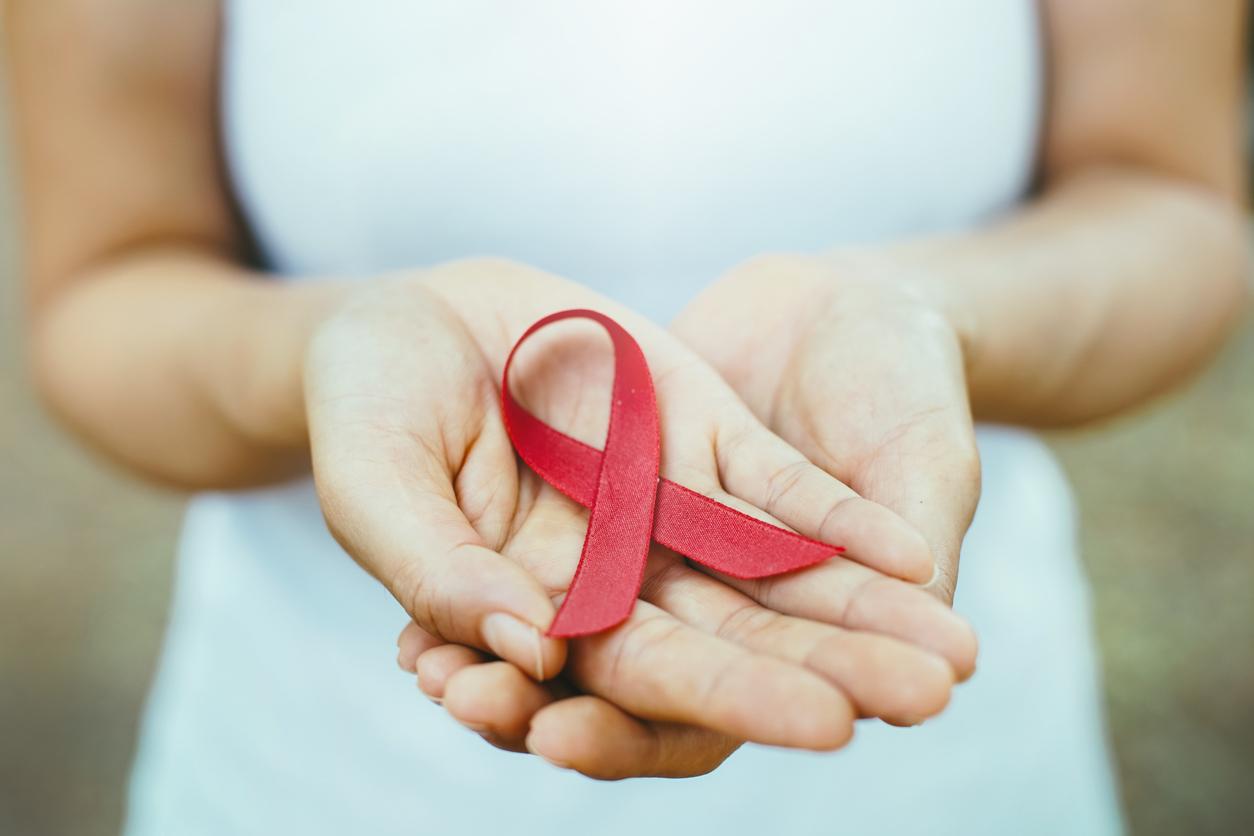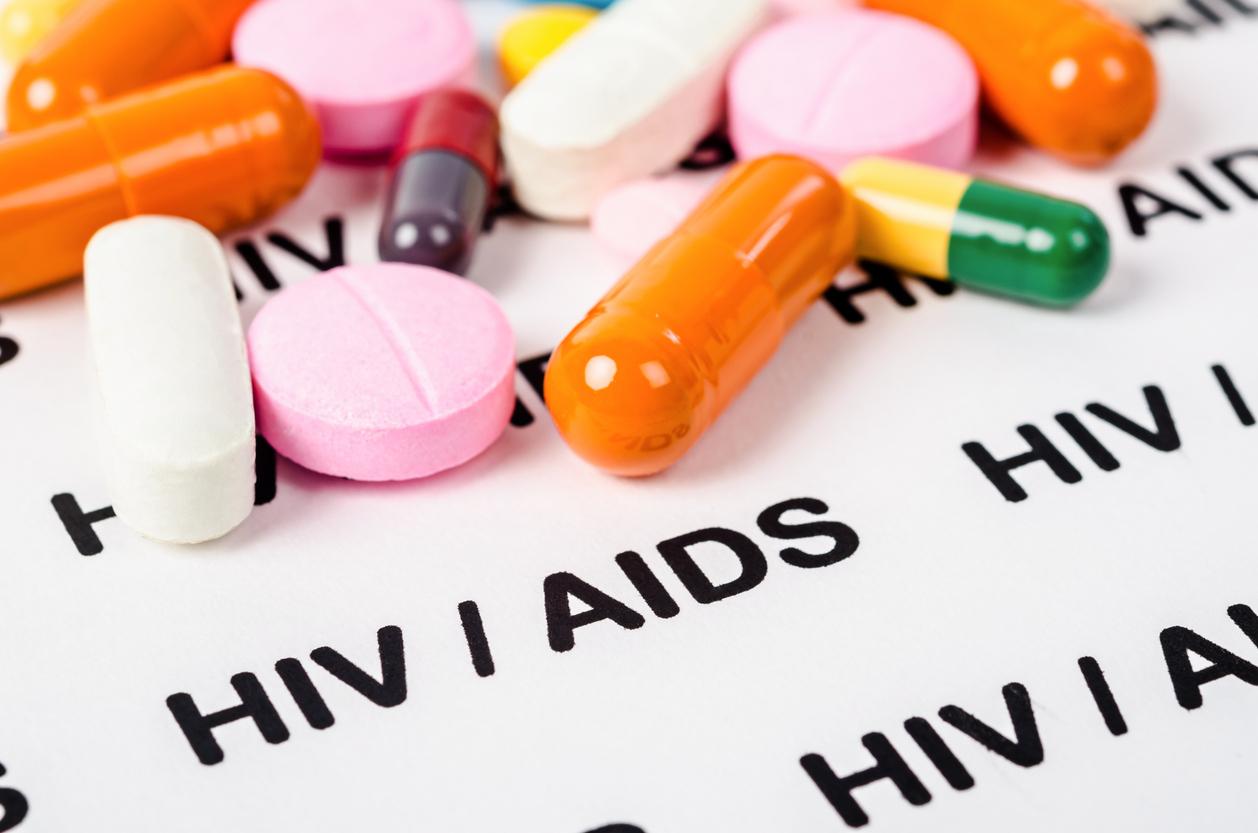In Indonesia, a printer’s error turned an HIV campaign into a misinformation package. Stings, swimming, sneezing, it’s all gone.
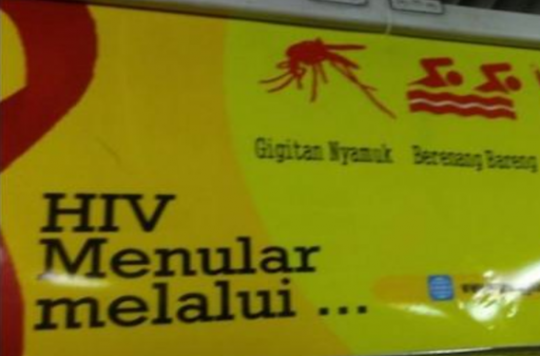
It’s a blunder that has gone around the world! In Indonesia, an AIDS campaign mistakenly conveyed absurd beliefs about how HIV is transmitted. An outcry in a country where HIV-positive people are often stigmatized.
In this public campaign which was to be done via posters pasted in the suburban trains connecting the capital Jakarta, it was written that AIDS can be transmitted by mosquito bites, swimming or even by sneezing!
In this story, everything starts from the printer who had forgotten the negation “not”. Worse still, the latter failed to seek the green light from the authorities before launching the printing of a large quantity of posters. “We made a public apology, and now the posters are being taken down to be replaced by news with the right message,” health ministry official Muhammad Subuh told Agence France Presse (AFP).
In France, more and more young people are requesting Sida Info Service on the Internet. But the listening service recently warned of the flagrant lack of knowledge among teenagers about risky sexual practices.
In his 10-year observatory (2004-2014), he cites examples of women asking if “fellatio carries a big risk? “. In fact, HIV can be transmitted in three different ways.
Sexual contamination
First, AIDS can be transmitted during unprotected sexual intercourse: vaginal penetration, anal penetration and oral-genital contact (fellatio) without a condom. The virus then penetrates through the mucous membranes that line the inner walls of the mouth, vagina and rectum. HIV transmission can occur during a single unprotected sexual encounter with an HIV-infected person.
The risk of sexual contamination is increased:
– when the mucous membranes have lesions;
– during the first sexual intercourse;
– during the woman’s period;
– if one of the partners is a carrier of a sexually transmitted infection (STI);
– if the report is accompanied by violence, which can cause lesions of the mucous membranes, even if they are invisible.
Conversely, the transmission of HIV in the event of unprotected contact between the mouth and the female sex (cunnilingus) or with the anus (anilingus) remains low. However, other sexually transmitted infections (STIs) can be transmitted through these practices.
Blood contamination
In addition, HIV can be transmitted if needles, syringes or other instruments used for intravenous drug injection are shared with one or more people. This risk is added to the other health dangers associated with intravenous drug use (examples: hepatitis B and C).
This type of contamination is also possible in the event of an injury with an object stained with contaminated fresh blood: accidental stings, especially among health workers.
Since thetainted blood case, the risk of HIV transmission through blood transfusion is practically nil. As early as 1985, a preliminary medical interview was set up with each person presenting for a blood donation. It makes it possible not to retain people who may have found themselves in risky situations.
In addition, tests are systematically carried out on all blood donations. Tests are also mandatory in the case of organ, semen and milk donations. Blood transfusion and treatment involving the injection of blood products still only represent a risk of contamination in countries where blood screening is not carried out.
Passing of the virus from an HIV-positive mother to her child
Finally, there is a risk of HIV transmission to the child during pregnancy, childbirth or breastfeeding (through breast milk). However, medical monitoring of pregnant women and antiretroviral treatments have considerably reduced this risk. The risk of transmission of the virus from a pregnant woman undergoing treatment to her child is today less than 2% in France.
Source: Modes of HIV transmission and HIV prevention measures, Ministry of Health
.









